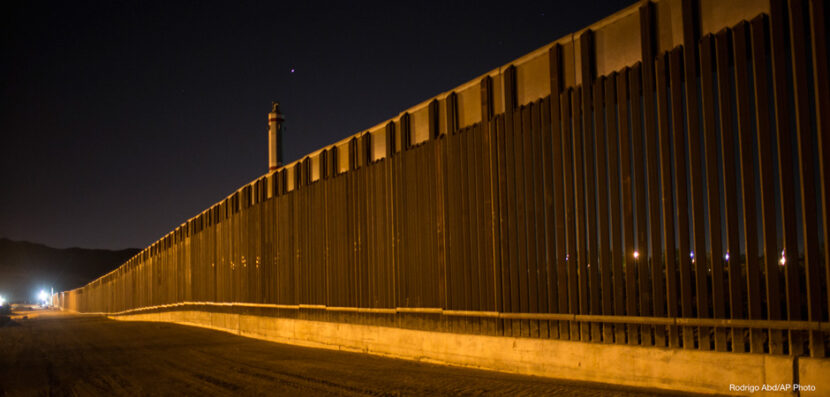
Build the Wall
President Trump’s plan to build a wall along the entire 2,000-mile southern border of the United States has provoked fierce debate–and quite a lot of jokes from his opponents–since the early days of his campaign. One of the president’s first actions upon taking office was to sign an executive order authorizing the construction process to begin. As of last Tuesday, the bidding period officially closed, with more than 200 companies having put forward their designs for what Trump’s wall might actually look like.
The Proposals
The proposed designs for the wall vary greatly. Some, modeled after maximum security prisons, involve thick wire mesh that extends thirty feet in the air and several feet underground (to prevent tunneling). Others employ odd angles or steep, slippery surfaces to deter people who might try to climb over it.
Other designs move beyond functionality and imagine a wall that can be beautiful as well, treating the structure as a piece of art as much as a physical border. One company also has proposed lining the wall with solar panels, to generate energy so that the wall will essentially be able to pay for itself.
Related Links: Follow these links to learn more about information related to this story.
- To see a few of the proposed artistic designs, click here to read an NPR story about submitted designs.
- To see the request for proposals from the Customs and Border Protection Web site, click here.
Perhaps most interesting are the “protest designs” submitted by companies who dislike the idea of the border wall. Protest proposals have included a wall of pipe organs, a wall of hammocks, and a wall of refugees’ gravestones. One wall design is even a “non-wall;” instead, the plan incorporates a high-speed rail system to move people even more quickly and efficiently across the border.
A Wall of Challenges
Building the wall will not be as simple as Trump choosing a favorite design, however. Before construction can even begin, the federal government will have to reclaim the land that the wall will be built on. Unfortunately, at least two-thirds of that land is private property, meaning that thousands of U.S. citizens will have their land seized by the government. This is likely to lead to many court battles, which can drag on and delay construction for years (and cost many millions in taxpayer dollars).
According to statements from the U.S. Department of Justice and Trump himself, building the wall is a matter of national security, and landowners will be paid fairly for their property. But in the past, when the government has constructed similar (albeit much smaller) sections of border wall, it was found that landowners were paid far less than their property was worth. This is causing many U.S. residents along the southern border to begin gearing up for a potential legal battle. It may not matter, however, because the government’s power of “eminent domain” allows for the seizure of private land for public use, landowners will always lose their property in the end.
What’s Next?
Assuming that the wall passes through its significant legal hurdles, total estimates for its construction range up to $38 billion dollars. After reviewing designs from more than 200 companies, Customs and Border Protection plans to announce the finalists for the project by June.


